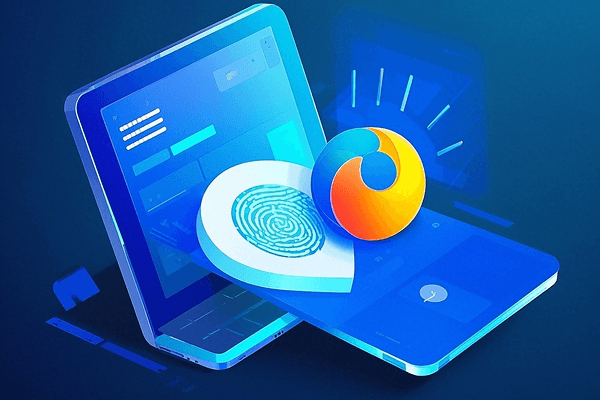
Hot Picks
How to run Facebook ads in 2025? Ideas

Hot Picks
How to promote on Amazon? Sharing various promotion methods

Hot Picks
Choose BitBrowser for fingerprint browsers, and look for the only official website: bitbrowser.cn
Learn in two minutes - the difference between BitBrowser and ordinary browser
Time: 2024-08-29 11:48 Click:

We already have free browsers such as Chrome, Edge, and Firefox, as well as "domestic" browsers such as 360 Speed Browser and Tencent QQ Browser developed on the Google kernel that are more in line with Chinese people's usage habits. These conventional browsers are fully capable of meeting our daily work/life needs, so why do we still need a BitBrowser?
In fact, the BitBrowser is also a transformation and extension based on the Google kernel, so what is the difference between the Bit Fingerprint Browser and the above conventional browsers?
1. Conventional browsers are single-environment browsers, while the BitBrowser is a multi-environment browser
Conventional browsers such as Chrome and Firefox are essentially single-environment browsers. The so-called single-environment browser means that when you use these browsers to visit a website, no matter you open multiple tabs or multiple browser windows at the same time, you are the same user for the website.
The BitBrowser is a multi-environment browser. You can create multiple accounts in the Bit Client. Each account is essentially a completely isolated browser operating environment. When you open the BitBrowser window by accessing the account, each window is completely isolated from other windows, which means that you can log in to the same website with different identities in different browser windows. Therefore, the BitBrowser is particularly suitable for multi-account management, marketing, network marketing and other scenarios.
2. Ordinary browsers have an "almost fixed" fingerprint information, while the BitBrowser can have multiple fingerprint information at the same time
What is a browser fingerprint? A more popular way of saying it is: when you visit a website through a browser, the website will execute a JavaScript (hereinafter referred to as JS) script in your browser. The JS script can query the relevant information of the current browser and the computer where the browser is located, and encode the queried information to indirectly form a unique identifier. We call this unique identifier a browser fingerprint. In other words, the browser fingerprint can effectively determine the uniqueness of the browser.
For ordinary browsers such as Chrome and Fireox, they have a "almost fixed" fingerprint information, that is, your computer hardware information is "almost fixed", so the fingerprint information of ordinary browsers is also "almost fixed".
It is precisely because the fingerprint information of ordinary browsers is fixed that judging the uniqueness of the browser based on the fingerprint information, and then judging the uniqueness of the user behind the browser, has now become a common practice for many websites.
That is to say, when you use ordinary browsers such as Chrome and Firefox to visit a website as a certain user, even if you log out of the account and change to another user identity to visit the website again, the website will judge that the two users are the same person based on the fingerprint information. This is the so-called account association.
On the surface, you are using different user identities to log in to the website, but for the website, it associates these different user identities together.
And the BitBrowser can have multiple fingerprint information at the same time, and change different browser fingerprints when accessing different accounts, so that multiple accounts can be logged in and operated safely at the same time.

 Multi-Account Management
Multi-Account Management Prevent Account Association
Prevent Account Association Multi-Employee Management
Multi-Employee Management



